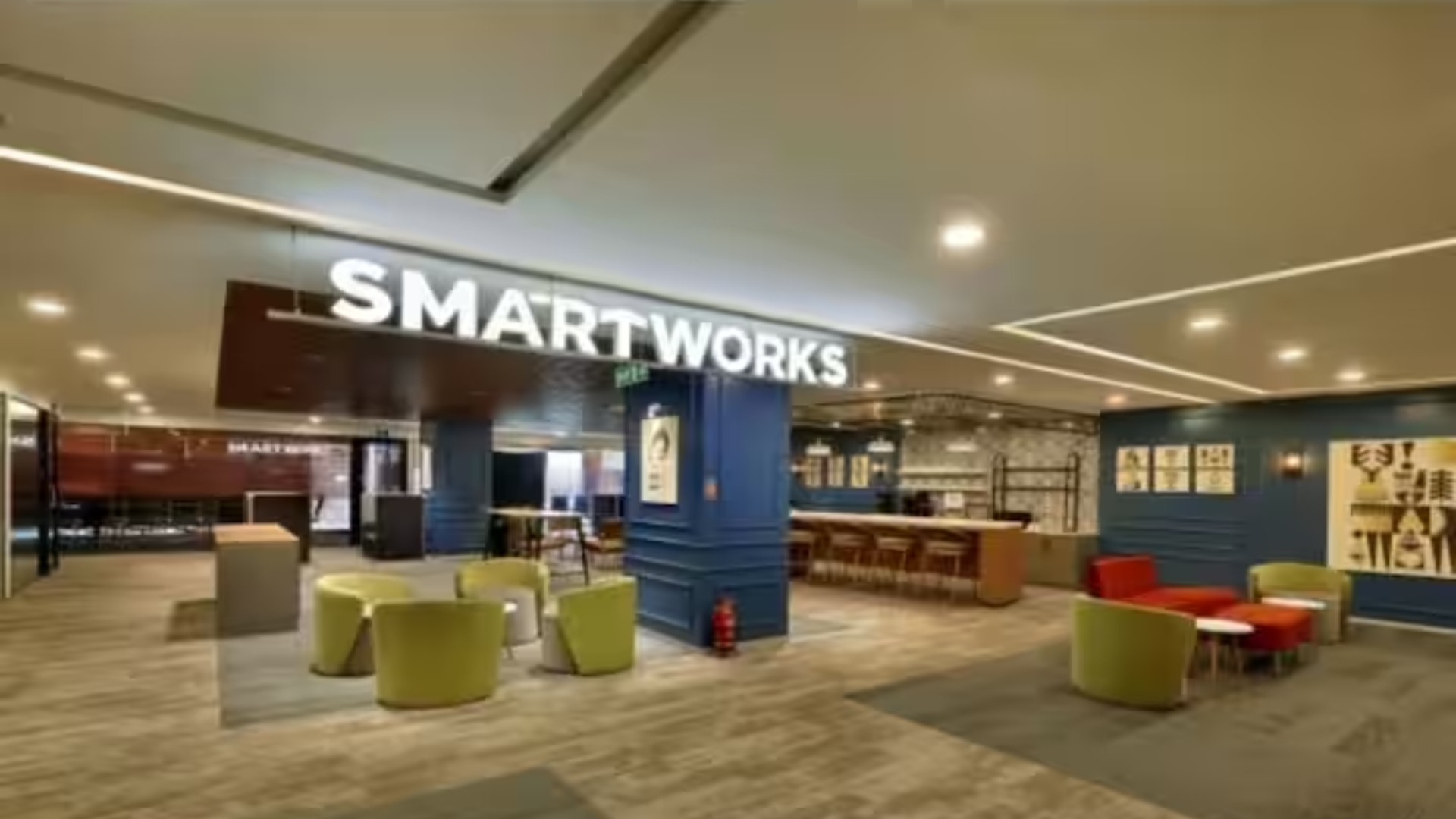Managed office space, often referred to as flexible or coworking space, has experienced significant growth in the office segment in recent years, and several factors contribute to its seemingly unstoppable expansion. Harsh Binani, the co-founder of Smartworks, a leading flexible office space provider, has unique insights into this trend. Here are some reasons why managed office space growth appears unstoppable:
1. Changing Work Culture: The traditional 9-to-5 office culture is evolving as companies seek greater flexibility to attract and retain talent. Managed office spaces offer a more adaptable environment, allowing businesses to scale up or down as needed. This aligns with the changing work culture and drives demand.
2. Cost-Efficiency: For many businesses, it’s more cost-effective to lease flexible office space compared to traditional long-term leases. Managed office providers often include amenities and services in their packages, reducing the need for separate expenditures on utilities, maintenance, and office management.
3. Diverse Amenities: Managed office spaces typically offer a wide range of amenities, including fully furnished workspaces, high-speed internet, meeting rooms, and shared common areas. This creates a convenient and productive work environment for tenants.
4. Scalability: Companies, especially startups and small businesses, appreciate the ability to scale up or down easily without the constraints of long-term leases. This flexibility allows businesses to adapt to changing market conditions quickly.
5. Community and Networking: Managed office providers often foster a sense of community among their tenants, facilitating networking and collaboration opportunities. This sense of belonging can be attractive to freelancers, startups, and even larger corporations seeking innovation through interaction.
6. Global Expansion: For companies looking to expand into new markets or regions, managed office providers often have a presence in multiple locations, making it easier to establish a local presence without the complications of setting up a traditional office.
7. Technology Integration: Managed office spaces are equipped with the latest technology infrastructure, making it easier for businesses to integrate their operations seamlessly.
8. Health and Safety: In the wake of the COVID-19 pandemic, managed office providers have adapted by implementing health and safety measures. This reassures tenants that their well-being is a priority, further driving demand.
9. Sustainability: Some managed office providers prioritize sustainability, offering eco-friendly workspaces, which align with the growing awareness of environmental concerns among businesses.
10. Changing Real Estate Dynamics: The real estate landscape is evolving as landlords and property owners recognize the value of partnering with managed office space providers. This collaboration allows them to diversify their portfolios and monetize underutilized spaces.
11. Flexible Lease Terms: Managed office providers typically offer short-term leases, which are attractive to businesses that are uncertain about their long-term space requirements.
12. Market Competition: The competitive landscape among managed office space providers ensures that they continuously innovate and offer attractive packages to attract tenants.
In conclusion, Harsh Binani says managed office space growth appears unstoppable due to its alignment with changing work culture, cost-efficiency, flexibility, and the array of services and amenities it offers. As businesses continue to seek agile workspace solutions, the demand for managed office space is likely to persist and even accelerate in the office segment.

